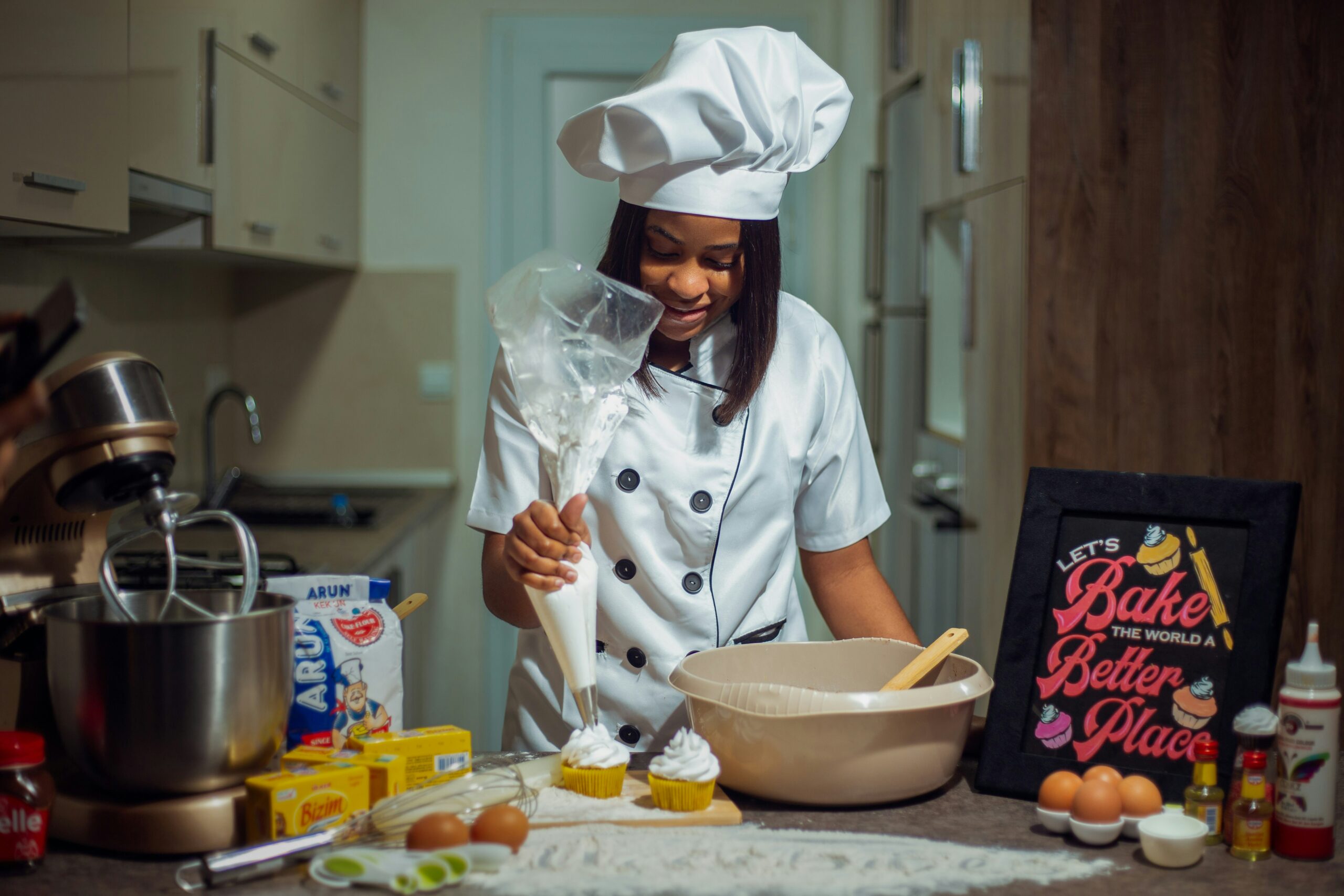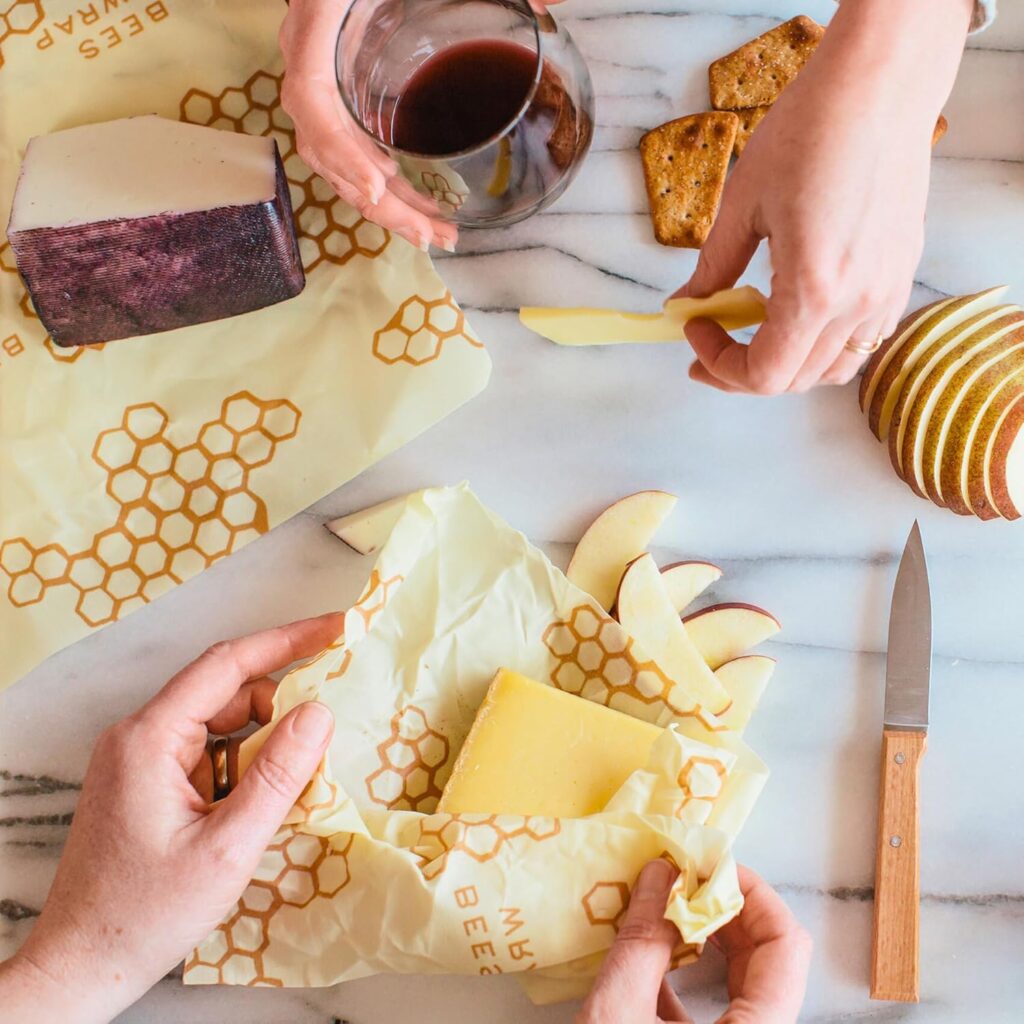Books nourish the mind, and food nourishes the body—but what happens when the two come together? The Book Lover’s Cookbook: Recipes Inspired by Celebrated Works of Literature answers that question with creativity and flavor. This unique collection blends the magic of storytelling with the joy of cooking, offering readers recipes that spring directly from the pages of novels, short stories, and classics.
For both avid readers and passionate cooks, this book is more than a cookbook—it’s a celebration of how literature and food intersect, weaving together imagination, culture, and taste.
Shop The Book Lover’s Cookbook
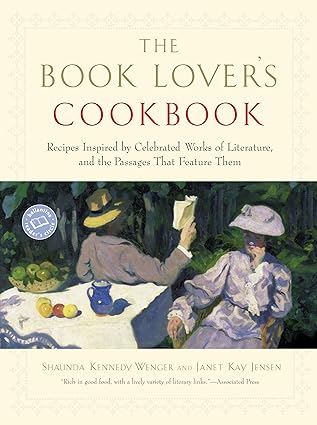
A Cookbook That Doubles as a Literary Companion
Unlike traditional cookbooks, this collection organizes recipes around literary works. Each entry includes:
- The recipe itself, tested and approachable for home cooks.
- A literary passage from which the dish is inspired.
- Anecdotes and insights into the authors, characters, or contexts.
This design transforms cooking into a reading experience. Preparing a dish isn’t just about following steps—it’s about stepping into a story.
From Dickens to C.S. Lewis: A Diverse Range of Inspirations
The book spans centuries of literature, pulling inspiration from classics, modern novels, and beloved children’s stories. Some highlights include:
- Mrs. Dalby’s Buttermilk Scones (All Things Bright and Beautiful by James Herriot).
- Ichabod’s Slapjacks (The Legend of Sleepy Hollow by Washington Irving).
- Amish Chicken and Dumplings (Plain Truth by Jodi Picoult).
- Carrot Pudding (A Christmas Carol by Charles Dickens).
- Turkish Delight (The Lion, The Witch, and The Wardrobe by C.S. Lewis).
- Dump Punch (Pride and Prejudice by Jane Austen).
- Blueberry Pie (Charlie and the Chocolate Factory by Roald Dahl).
This variety ensures that whether you prefer hearty comfort food, whimsical desserts, or refreshing beverages, you’ll find something that sparks both appetite and imagination.
Shop The Book Lover’s Cookbook
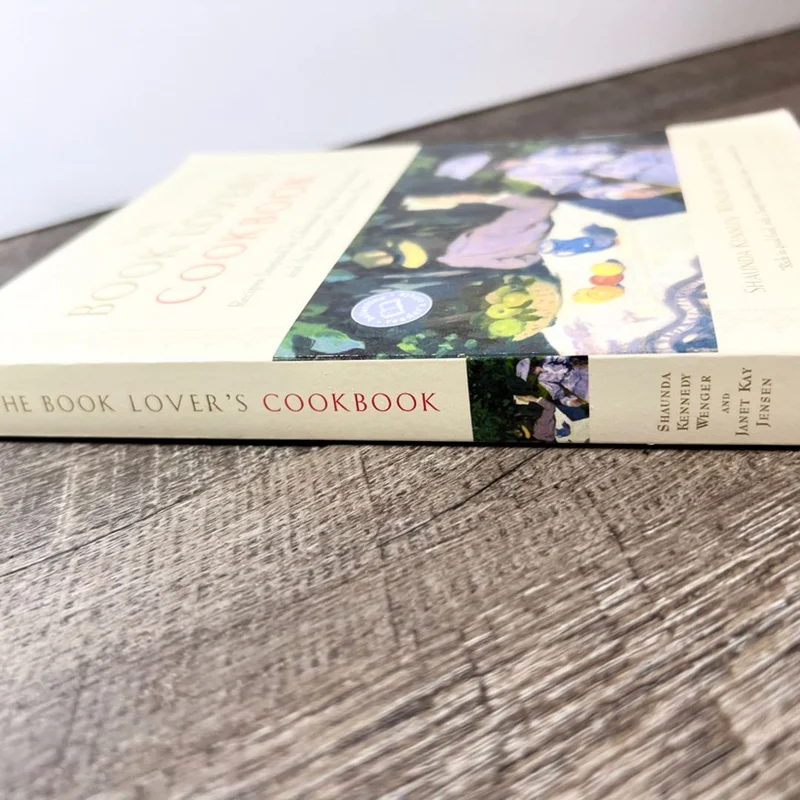
Recipes for Every Meal and Occasion
The cookbook is arranged to cover the full spectrum of meals and moods:
- Breakfasts: Start the day with Ichabod’s Slapjacks or Jo’s Omelette (Little Women).
- Soups and Salads: Enjoy Mr. Casaubon’s Chicken Noodle Soup (Middlemarch) or Alternative Carrot-Raisin Salad (Midwives).
- Main Dishes: Savor Connie May’s Tomato Pie (Remembering Blue) or Tamales (Like Water for Chocolate).
- Breads and Side Dishes: Bake Innocent Sweet Bread (The Bluest Eye).
- Desserts: Indulge in Daddy’s Rich Chocolate Cake (Fatherhood) or Effie Belle’s Coconut Cake (Cold Sassy Tree).
- Drinks: Cool off with Refreshing Black Cows (The Book of Ruth) or celebrate with Pride and Prejudice’s iconic Dump Punch.
This wide selection makes the cookbook versatile—equally useful for everyday meals and themed literary parties.
Why Readers Love It
With a 4.6-star rating from over 300 readers, the cookbook has earned its place on many bookshelves and kitchen counters. Readers praise it for:
- Whimsical concept: A clever idea that blends two passions—books and food.
- Accessible recipes: Straightforward instructions that don’t require advanced cooking skills.
- Variety: Covers everything from simple snacks to more elaborate meals.
- Cultural insights: Adds literary background that enriches the cooking experience.
- Giftability: Makes a perfect present for bookworms, teachers, or foodie friends.
It’s not just a cookbook—it’s a conversation piece.
Shop The Book Lover’s Cookbook

Perfect for Book Clubs and Themed Gatherings
If you’re part of a book club, this cookbook is a game-changer. Imagine pairing your monthly read with a dish inspired by the book. Discussing Pride and Prejudice over bowls of Dump Punch or nibbling on Turkish Delight while reading The Lion, The Witch, and The Wardrobe adds a whole new dimension to literary gatherings.
Even outside book clubs, the cookbook is perfect for:
- Literary-themed parties.
- Family nights with classic stories.
- Educational settings, where students can connect literature to real-world experiences.
It transforms reading from a solitary act into a shared sensory experience.
Food as a Lens Into Literature
One of the most compelling aspects of this cookbook is how it demonstrates the role of food in literature. Meals in novels are rarely incidental—they often symbolize community, conflict, comfort, or culture.
- Dickens’s Carrot Pudding reflects Victorian traditions and holiday celebrations.
- Jodi Picoult’s Amish Chicken and Dumplings highlights the cultural authenticity of her novel’s setting.
- C.S. Lewis’s Turkish Delight represents temptation and indulgence.
By cooking these dishes, readers gain a tactile connection to themes and characters, making the act of eating part of the storytelling.
Shop The Book Lover’s Cookbook
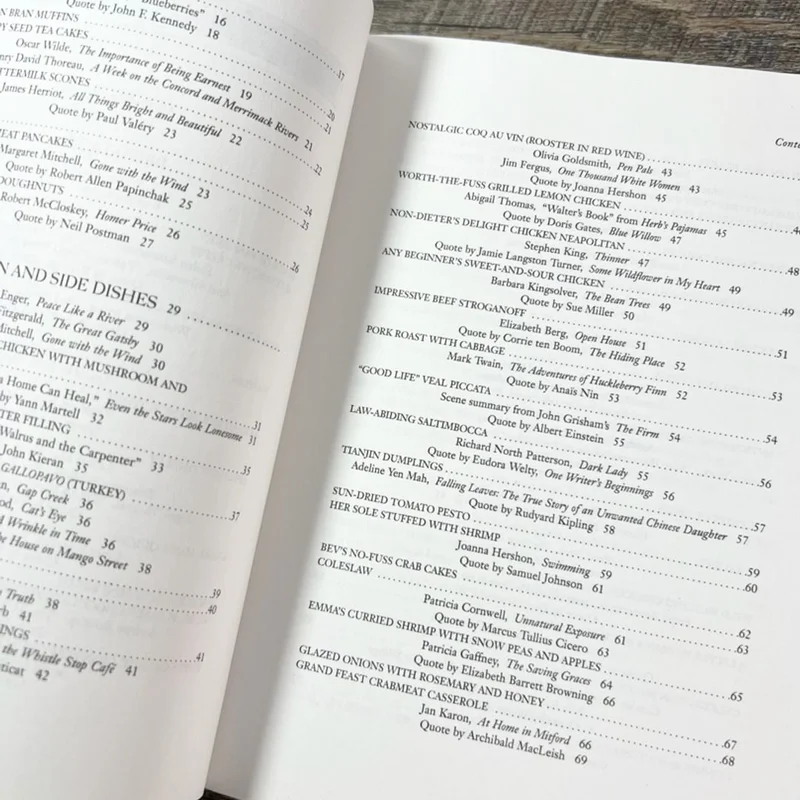
Writing Style and Accessibility
The authors, Shaunda Kennedy Wenger and Janet Jensen, balance recipes with anecdotes in a warm, conversational style. The tone invites both experienced cooks and beginners to enjoy the process.
Recipes are laid out clearly with:
- Ingredient lists.
- Step-by-step instructions.
- Occasional tips for substitutions or variations.
Even readers who rarely cook will find themselves tempted to try.
Comparisons: How It Stands Out
Other cookbooks inspired by pop culture exist (such as The Unofficial Harry Potter Cookbook or Outlander Kitchen), but The Book Lover’s Cookbook stands out because of its breadth. Rather than focusing on a single series, it draws from dozens of works across time periods and genres.
This makes it more versatile and appealing to a broader audience, from lovers of Austen and Dickens to fans of modern writers like Jodi Picoult.
Shop The Book Lover’s Cookbook
Who Will Enjoy This Cookbook Most?
This book is a delightful gift or purchase for:
- Avid readers who want to bring their favorite books to life.
- Foodies who love exploring new recipes.
- Book clubs looking to enrich discussions with themed meals.
- Teachers and librarians who want a fun way to engage with literature.
- Collectors of unique cookbooks.
Pros and Cons
Pros:
- Creative concept combining books and food.
- Over 300 pages with recipes for all meals and occasions.
- Literary excerpts add depth and charm.
- Wide range of cuisines and flavors.
- Fun and versatile for gatherings or solo cooking.
Cons:
- Published in 2005, so some recipes may feel slightly dated in style.
- Lacks photographs for every recipe (relying more on imagination).
- Some literary references may be unfamiliar to casual readers.
Final Verdict
The Book Lover’s Cookbook: Recipes Inspired by Celebrated Works of Literature is more than a cookbook—it’s a culinary adventure through the pages of beloved stories. From Dickens’s Christmas puddings to Austen’s party punches, every recipe is steeped in cultural and literary significance.
It’s perfect for readers who want to experience books beyond the page and for cooks who enjoy adding a dash of storytelling to their meals. Whether you use it as a practical kitchen guide, a gift, or a coffee table treasure, it delivers joy at every turn.
At 368 pages, it’s both comprehensive and delightful—a testament to the timeless connection between storytelling and food.
Shop The Book Lover’s Cookbook
FAQ
1. What kinds of recipes are included?
A wide variety, from breakfasts and soups to mains, breads, desserts, and drinks—all inspired by literature.
2. Do the recipes come with literary passages?
Yes, each recipe includes a passage from the book that inspired it, plus anecdotes about the work or author.
3. Is this cookbook suitable for beginners?
Absolutely—the recipes are designed to be accessible to everyday cooks.
4. Does it cover only classics?
No, it includes both classic and contemporary works, from Austen and Dickens to Jodi Picoult and Patricia Cornwell.
5. How many pages is it?
The paperback edition has 368 pages.
6. Are there photos of the recipes?
Not for every dish—the emphasis is on storytelling and imagination rather than glossy photography.
7. Is it good for book clubs?
Yes! It’s perfect for pairing meals with monthly reads, enhancing the experience.
8. Who are the authors?
Shaunda Kennedy Wenger and Janet Jensen, both passionate about literature and the connections between food and storytelling.

